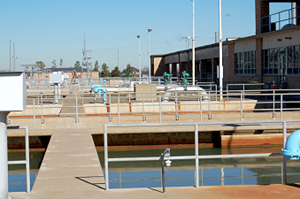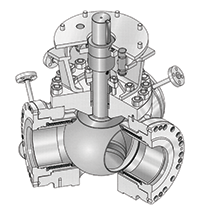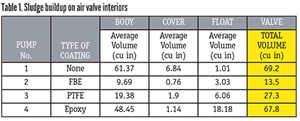Food and Beverage Processing
When wandering the grocery store aisles, it’s easy to forget that for every colorful package that sits on the shelves, myriad processes go into preparing the foods inside.
Valuable Insight from Valve Actuator Users
Once valves and actuators are installed and commissioned on site, the manufacturer’s involvement often lapses to an occasional service call.
#actuators #maintenance-repair
Cybersecurity: Protecting Critical Infrastructure
It’s hard to imagine an issue more front-and-center on most people’s minds today than cybersecurity—in particular, what will happen if the world’s infrastructure systems are attacked.
#iiot #water-wastewater
Offshore Oil Extraction and Transportation
Offshore oil facilities come to the forefront of our thinking these days only when a catastrophic accident occurs aboard a platform or other facility.
Pipeline Valves—Always Ready
From time to time, we will re-post particularly well-received articles that have previously run on VALVEMagazine.com so that those who might have missed them will be able to catch up on the best of the best.
Power Plant Isolation Valves Beat the Heat
About a century ago, pressures of 300 psi and temperatures of 400°F (204°C) were normal for steam power plants.
#iiot
Critical Service Valves and Applications
If you perform a Google search on the words “critical service valves,” you quickly discover that the number of hits is endless.
#maintenance-repair
Commercial Construction on the Rise
“While single family building normally dominates the construction market, right now, multi-family building is on fire!” said Richard Branch of Dodge Data and Analytics during his opening statement at the 2016 VMA Market Outlook event held in August.
#VMAnews
Coatings can Make a Difference in Wastewater
In Episode 23 of the Discovery Channel’s “Dirty Jobs,” Mike Rowe had the task of pulling a submersible wastewater pump from a lift station for inspection and cleaning.
#water-wastewater
A Case Study: Updating a Postwar-Era Potable Water System
The Foss Reservoir Master Conservancy District (FRMCD) in southwestern Oklahoma is part of the 8,800-acre Foss Reservoir/Foss Lake.
#automation #water-wastewater











